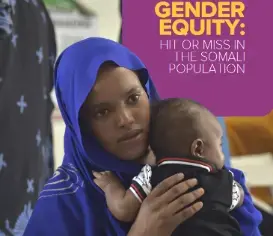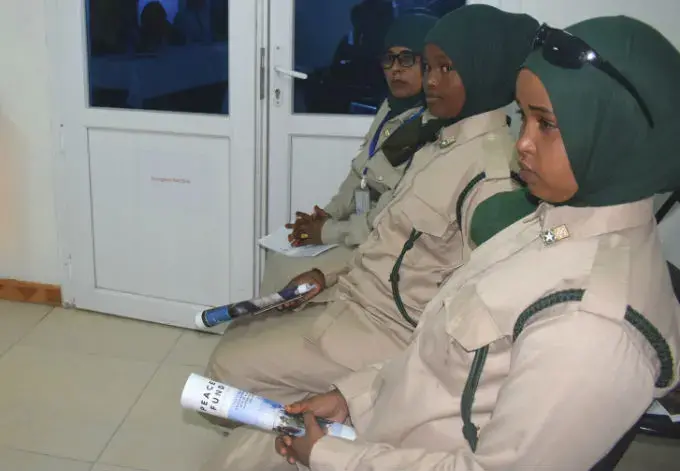Gender issues are not solely about women and girls but also men and boys depending on the nature of a society, economic situation and social access to services. This means that women/girls and men/boys have equal conditions for realizing their full potential and for contributing to and benefitting from economic, social, cultural and political development.
Gender equality doesn’t mean women and men should be the same, but they should have the same rights, responsibilities and opportunities, namely women should not only enjoy equal opportunities, procedures, rules and laws, but the equality of results or substance.
Whereas in many communities men tend to have better access to economic and education facilities thus better social and economic outcomes, women however in some societies tend to have better health outcomes for example life expectancy. Men and women usually perform different roles and have different responsibilities in most societies. The different societal roles of males and females lead to different statuses for men and women, with women more than often being delegated to lower positions compared to men.
In many communities especially in the developing world, women have less access to resources, social and economic opportunities such as education and employment etc. (USAID, 2012). According to the World Development Report, gender equality matters not only in its own
right, but it is also a form of “smart economics” as it enhances economic efficiency (World Bank, 2011).
“The World Economic Forum’s 2014 Global Gender Gap Report finds a positive correlation between gender equality and per capita GDP, the level of competitiveness, and human development indicators”, (World Economic Forum, 2014).
Development initiatives can have differential effects on mans and woman due to gender differences arising from the different gender roles and responsibilities. Information on gender dynamics is critical for sustainable development.
Global economic growth and women’s increased access to education and economic opportunities have not led to proportionately equivalent development outcomes for women.
Gender inequality is exacerbated by the intersectionality with other axes including poverty, class, stratum, race, ethnicity, religious belief, physical disability, marriage status, age, sexual orientation, social identity and so on. Women with multiple disadvantages are even more marginalized in the development process.




